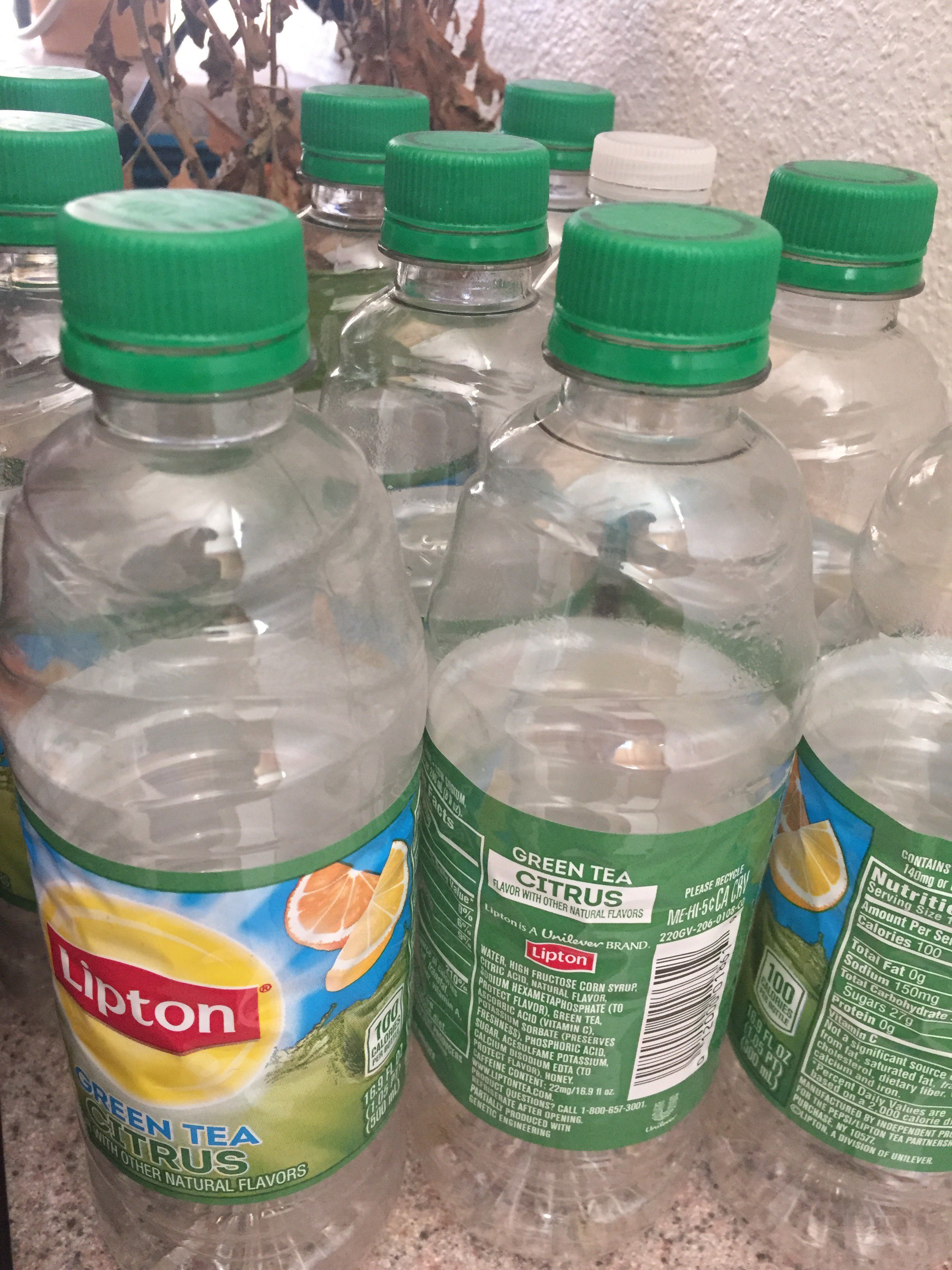

It’s hard to deny the toll our daily lives take on our planet. Environmental issues have taken on increased importance as we see the effects of the melting poles, the ever growing mass of plastic in the pacific, and the destruction of the Great Barrier Reef. This has caused many to pause and reconsider their habits.
Unfortunately, many environmentally friendly options are expensive and impractical for someone living on a college student’s budget. The Scoop recently spoke with Drury University students Miriam Colligan, a sophomore and Lorena Velasquez who is a junior. They have incorporated “green” practices into their lives and both are passionate about the subject. The result is a list of easy steps to reduce your carbon footprint without burning a hole in your wallet.
This step may seem a bit obvious but is extremely important nonetheless. Many people don’t recycle because they think it is too difficult. Recycling however, is probably the easiest way to make a difference. Many dorms provide recycling bins to residents. The city of Springfield, MO offers Curbside Recycling , which you can find out more about on their website.
Step 2: Ban Styrofoam from your life, use reusable to-go containers

As a busy college student, many meals must be eaten on the go and many to-go meals are packaged in Styrofoam. Styrofoam is made of the non-biodegradable polystyrene and causes many problems, however, schools may offer alternatives to this problem. Drury’s Student Government Association, through the sustainability program, offers reusable plastic to-go containers. The containers cost just $5 and can be purchased at the main dinning area.
“I really enjoy my reusable container,” Colligan says. “I got mine for free when they were doing a giveaway, I would highly recommend the investment though because they are practical to use and its a simple way to make a big difference.”

Step 3 :Reduce excessive waste by using reusable coffee cups & straws.
Many college students rely on coffee to get them through their stressful weeks which can become a problem because of all the cups that are used. Reusable cups are a great solution.
“You can find cups anywhere, In any shape, color, size, and for a decent price,” according to Velasquez.
Velasquez is also passionate about reusable straws and gave The Scoop a few arguments for their use.
“Straws, I think, are an unnecessary habit. There is really no need for them. Since straws need to be soft and malleable, the chemical processes that kind of plastic goes through is very toxic for us as humans and for the environment.”
If you still prefer the use of straws consider an eco friendly one like the ones here.
Step 4: Limit Car usage and walk or bike when you can

Emissions from cars have an extremely negative effect on air quality and the ozone. The best way to reduce this impact is to use your car less. This step is good not only good for the environment, it’s also good for your body. By walking or biking you are getting additional exercise. Bonus!
On top of its health benefits, using your car less means less money spent on gas, which is always a good thing.
“Renting a bike is a great for people who want to reduce their car usage but don’t want to commit to the purchase of the bike,” says Colligan. “I rented mine through D-Cycle, but there are many other places to do so.”
